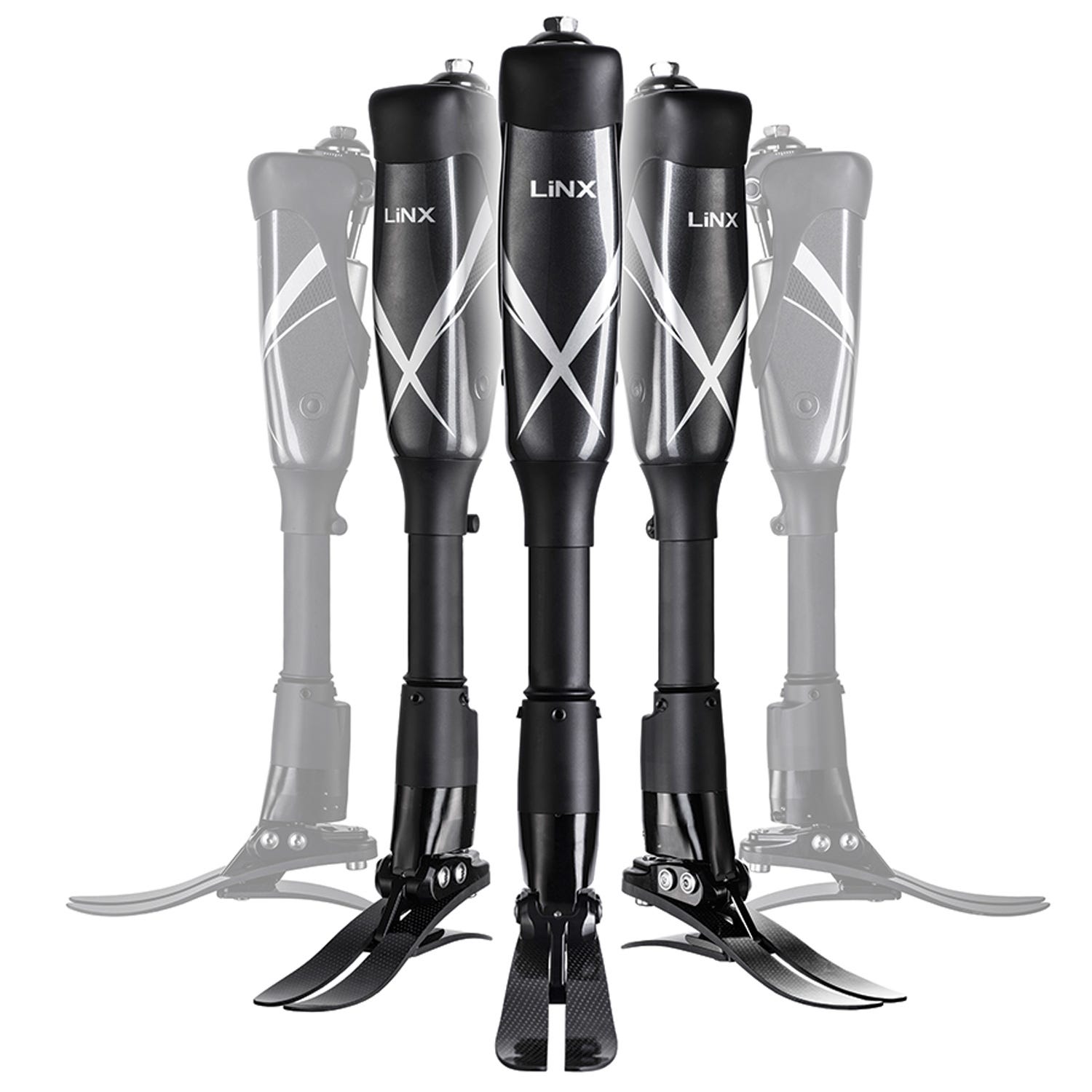On June 13, Endolite’s Linx system, a lower limb prosthetic
technology, received the highest honors at the 2017 Medical
Design Excellence Awards in New York. Not only did Endolite receive
the Gold Medal Award in Rehabilitation and Assistive Technology Products
category, but they were also named out of forty-five finalists, the Best in
Show Award. The medtech industry award show was based on the following criteria: Design and Engineering
Innovations, Functional (User-Related) Innovations, Benefits to Overall
Healthcare, Benefits to Patients and Market Differentiation. By fulfilling each
of the judged criteria, Endolite, a US branch of the Blatchford Group, shed
light on their 125 year devotion to the designing and manufacturing of cutting
edge prosthetics.
In light of their most recent accomplishment, Linx is the
first fully integrated, microprocessor-controlled lower limb system, helping
above-knee amputees. According to Endolite, the Linx ankle talks to the knee at a rate of 400
messages per second, which gives lower limb amputees the ability to
live a more active and independent lifestyle. This particular prosthetic limb
functions by combining four microprocessors and seven situational awareness
sensors, as a means of collecting data on the individual user’s day to day
activity and their terrain. As a result, all of the data collected is used to
help the prosthetic limb adapt in order to mimic a human limb tailored to that
particular patient. This means that over the course of a day, the Linx system
will adjust over 2000 times in order to adapt to both the anatomical body
structure, as well as the surrounding environment.
Endolite’s success stems from the acknowledgement that
quality prosthetics are vital for long term musculoskeletal health. Therefore,
after being awarded with the highest honors as a top of the line medtech
company, it is apparent that they value constant innovation through their
engineering front. By developing high end devices that mimic the response time
to a human limb, Endolite strives to give amputees the ability to walk or run,
while also eliminating pain. Other prosthetic devices tend to create discomfort
and pain to the patient, considering they do not easily adapt to the individual
user or their surrounding environments. For example, sixty one percent of lower
limb amputees often experience chronic back pain after 2 years of the
amputation. As a result, this puts stress on the rest of the body as it can
lead to both osteoarthritis in the knee and/or hip, as well as increased energy
expenditure on the heart.
Overall Endolite, is revolutionizing the prosthetic industry
one bionic step at a time.
Evan Slass is a Digital Marketing Communications Specialist for Rotor Clip Company.

